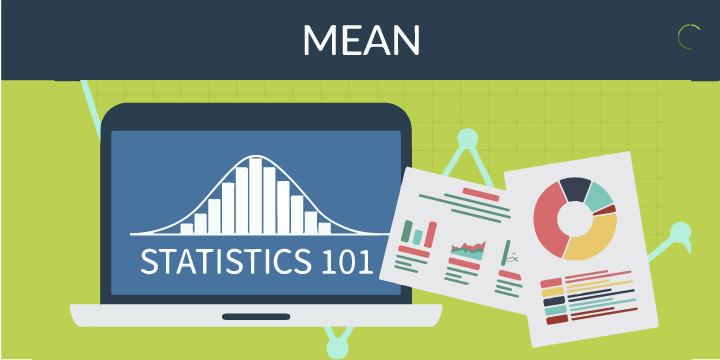
Statistics is a section of mathematics which includes wide variety of terms and methods used for calculations and analysis to find the nature of a given data and the relation between the sets of data. In this age of growing and increasing information, data is increasing at a very fast rate making people wonder what can be done with it.
However, with the commencement of Big data, analysts and experts have created and designed various tools and techniques through which data can be analysed, sorted and categorized in a simpler way.
A standard statistical procedure comprises the testing of relationship between two data sets, or a data set and composite set extracted from a similar model. A hypothesis is carried out for the relationship between the two data sets, and this is compared as an alternative to null hypothesis, which in simple terms is also termed as “ no relation “ between the two specified data sets.
There are two important statistical methods used in data analysis which are descriptive statistics, which simplifies data from dump of data using mean or standard deviation, and inferential statistics, which provides conclusions or results from data that are used in random variation. Descriptive statistics are most often used or performed with two sets of properties of a distribution which is sample and population.
There are thousands of tools available that promises to simplify data for analysts around the world. However, we have few techniques which are used commonly in all the tools and they seem to be the sum of which forms the statistical analysis.
Let us now have a look into the mainly used techniques for analyzing data and sets of data.
The statistical mean is average which is used to derive the central tendency of the data in process. It is calculated by adding all the data points in a population and then dividing the total by the number of points. The result is known as the mean of the data provided.
Also mean for a data set is also called the mathematical average, or the central value of a discrete set of data, also calculated as the sum of the values divided by the number of values.
Disadvantages:
Mean is not recommended when used as a standalone technique because it can ruin the complete effort of calculations as it is related with mode and median. Due to a large number of difference in data points, mean does not give expected accurate results in analytics point of view.
Standard deviation is measured as variation in any set of numerical values about their mean, A low standard deviation also says that the data points are close to the mean value or also called the expected value of the set, whereas a high standard deviation indicates that the data points are dispersed over a wider range of values of the data set.
σ**2** = Σ(**x**i − μ)**2**/**n**,
The standard deviation of a random variable, data set, or probability distribution of data is the ideally the positive square root of its variance. It is mathematically simpler to calculate. However, in practice for data analysis it is less robust, than the average absolute deviation. An important property of the standard deviation is that it is expressed in the same units as the data whereas variance is not.
It should be noted that the standard deviation of a population of data and the standard error of a statistical data derived from that population i.e mean are quite different but interrelated.
Alongside mean, the standard deviation also allows us to find out whether a value is statistically valid or part of expected variation.
However, the shortcoming for Standard deviation is similar to that of mean, if the data you have received has a lot of points that do not match the pattern of distribution of the data, the standard deviation will not fetch the data you are looking for.
In statistics, regression or linear regression is termed as relationship between a dependent variable and an independent variable. The case of an explanatory variable is called simple linear regression and for more than one explanatory variable, the process is termed as multiple linear regression.
In simple regression, the relationships are represented with linear predictor functions whose unknown model parameters are calculable from the info. Such models are known as linear models. Normally, the conditional mean of the response given the values of the informative variables is assumed to be an affinity of these values, unremarkably, the conditional median or another quantile is used.
Like all types of multivariate analysis, simple regression focuses on the probability distribution of the response of given values of the predictors, instead of the probability distribution of all of the variables.
Linear regression models are usually fitted with the least squares approach, but they may also be fitted in other ways, such as by reducing values or also “ as with absolute deviation regression”, or by reducing a limited version of the least squares function as used in ridge regression and lasso. However, apart from linear models, the least squares approach can be used to fit almost all models. Although the terms “least squares” and “linear model” are closely linked, they are not same.
Standard linear regression models with standard estimation techniques make a number of assumptions/probability about the predictor variables, the response variables and the relationship between the variables. Wide ranges of extension have been developed by which these assumptions can be reduced and in some cases eliminated directly. However, these extensions make the estimation process more complex, time-consuming, and one may also require more data in order to produce an equally precise model or an expected output.
Capital asset pricing model in finance uses linear regression as well as the beta concept for identifying and quantifying the amount of risk of an investment.
Linear regression is also used in numerous environmental science applications. In Canada, the EEMP uses statistical analysis on fish to measure the effects of pulp mill or metal mine that is affecting or impacting on the aquatic ecosystem.
Linear regression plays an important role in artificial intelligence as well in machine learning. The linear regression algorithm is one of the various machine-learning algorithms as it is simple to use with wide range of features.
Even though Linear regression is useful in all these fields, there are certain terms that cause the pitt fall for linear regression.
Linear regression only finds the linear relation between the dependent and independent variables i.e it just sees the straight line relation. This sound theoretically correct, however, in use, this is incorrect as not all the variables are linearly related. Age and income can be one such example.
Linear regression assumes that the values of all the variable processed are independent, this can be correct at sometimes, but will not apply in all the situations.
Sample size determination is a process of finding a number of probabilities in a data sample, this implies that when you have a large data set and you do not want to take inputs from every data point. Sample Size is used to find the expense of the data set, and the need for having sufficient statistical information.
However, Sample Size is used in different ways depending on the results that are to be achieved. It can be used as Target variance to derive necessary data from a sample set of data. It can be used to select small sample sizes which, however, may result in a huge risk of errors.
There are various methods to implement sample size on statistics, however, it has a drawback while testing a new or untested variable, in such cases sample size assumes the analysis which will be surely inaccurate and lead to huge amount of errors leading to a mismatch in the entire data analysis.
Statistical Hypothesis is a testing technique that is key technique to test the two set of random variables. Normally two data sets are compared or one data set derived from sampling is compared with a data obtained from an ideal model, the whole idea of this testing is to find the relationship between the two data sets by comparing the assumed data to the null hypothesis data which normally has no relation between the data sets.
An alternative method of performing the hypothesis testing is by specifying a set of statistic models, one for each hypothesis test, and then using a model selection technique to find the most suited model. The most common selection techniques are done with the help of one of these two methods:
- Akaike information criterion
- Bayes Factor
With the advancement of tools, a lot of developers have missed out a techniques or factors that can cause a huge impact on the tests and their results, Experts have found that Placebo and Hawthorne effect play an important role in providing great insights at during the decision making portfolio, However, having a fancy tool that does not support or use these factors is not advised for hypothesis testing on large scale data.
Conclusion:
With increase in data around the world, data analysis has developed to a huge extent. It is evident that a lot of techniques and tools have been developed and used to get a standard results.
But, It should also be noted that not all tools have the potential to provide the accurate results you are looking for. With the techniques discussed above, each one has its own advantages and disadvantages, it is completely your choice how to choose to use the tool to obtain the needed results. Not to forget, missing out of important factors that affect the calculations of your data is always done by the use of fancy tools. Choose the right tool to yield the best results.
Post Quick Links
Jump straight to the section of the post you want to read:
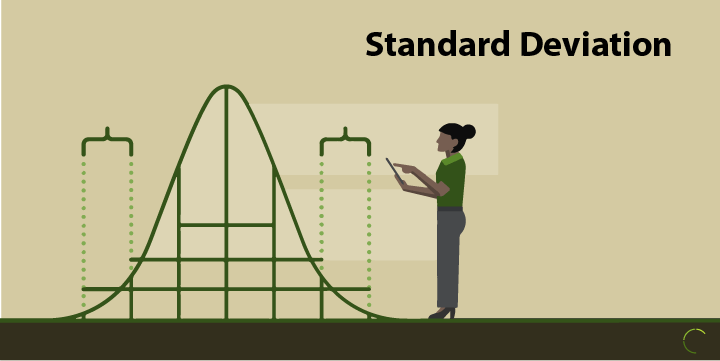
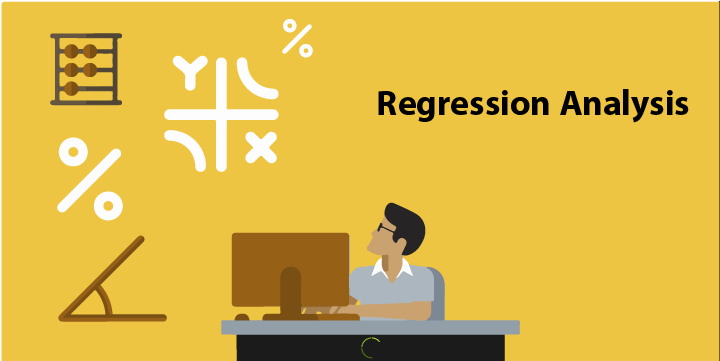
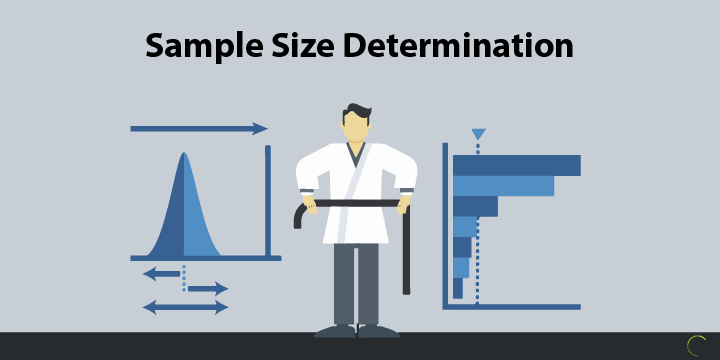
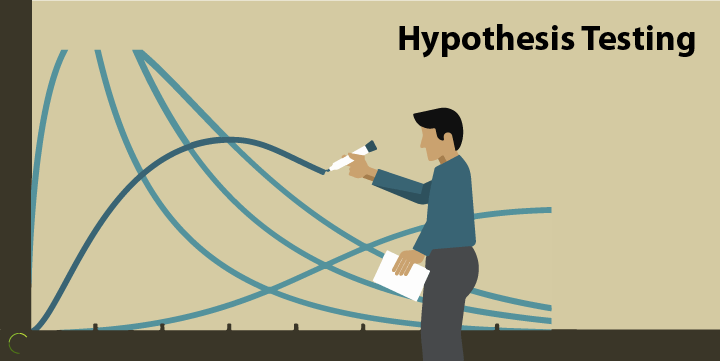


About the author
Rachael Chapman
A Complete Gamer and a Tech Geek. Brings out all her thoughts and Love in Writing Techie Blogs.
Related Articles
How To Bypass ISP Ban with Proxies for 4Chan
Reddit and 9gag are two of the most popular image board sites. People all over the world visit these sites for entertainment purposes.
The Best Nike Proxy Providers of 2020
Your favorite shoes can be yours without waiting in long queues. Here are the the Best Nike Proxy Providers of 2020 by Limeproxies